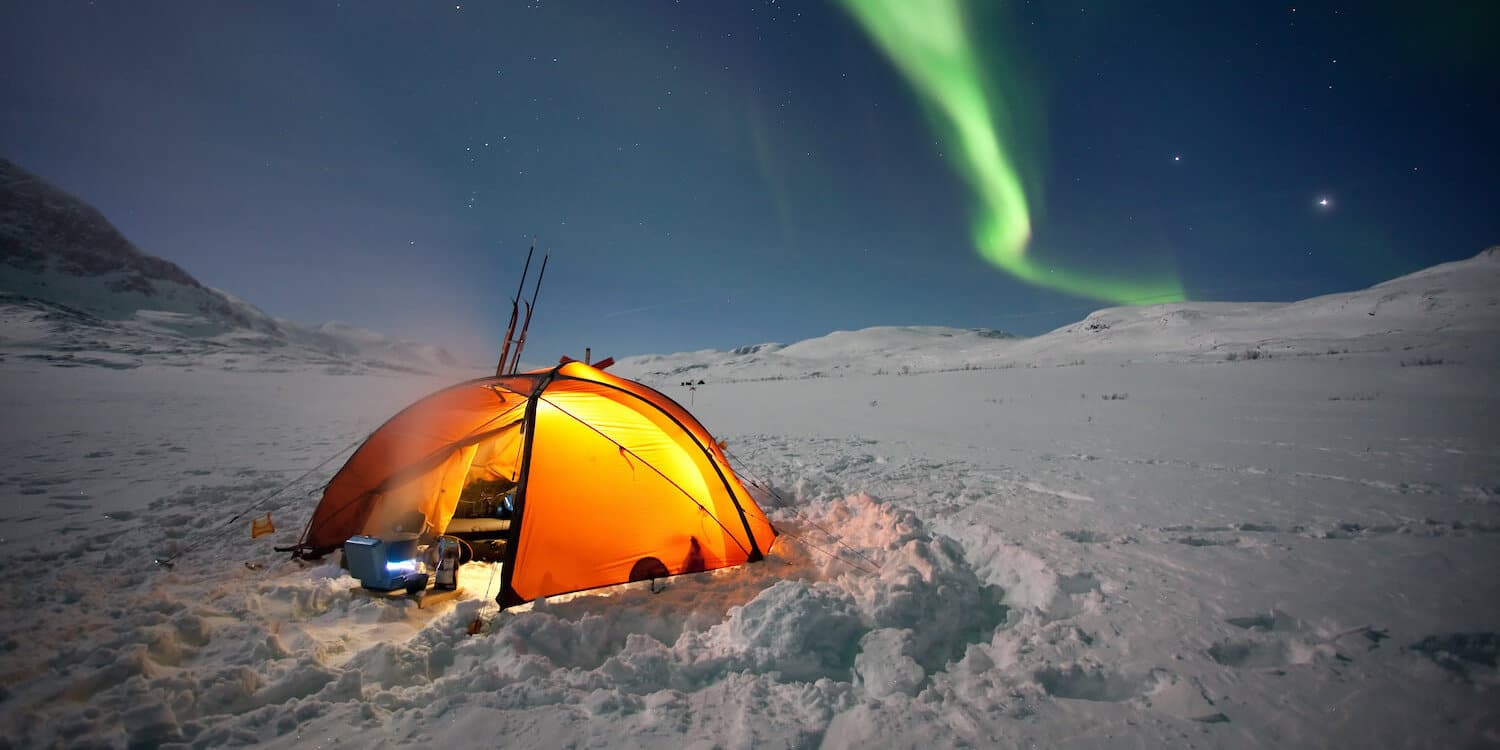Winter camping can be an exciting and adventurous experience, but it also comes with its challenges. Cold temperatures and harsh weather conditions can make it difficult to stay warm and comfortable during your camping trip. This is where the importance of heating your tent comes in.
In this article, we will discuss the basics of tent heating, including different methods you can use to keep your tent warm. We will also go over important safety considerations when using heaters in a tent. Lastly, we will provide tips and suggestions on how to prepare your tent for winter camping and create a warm and cozy interior.
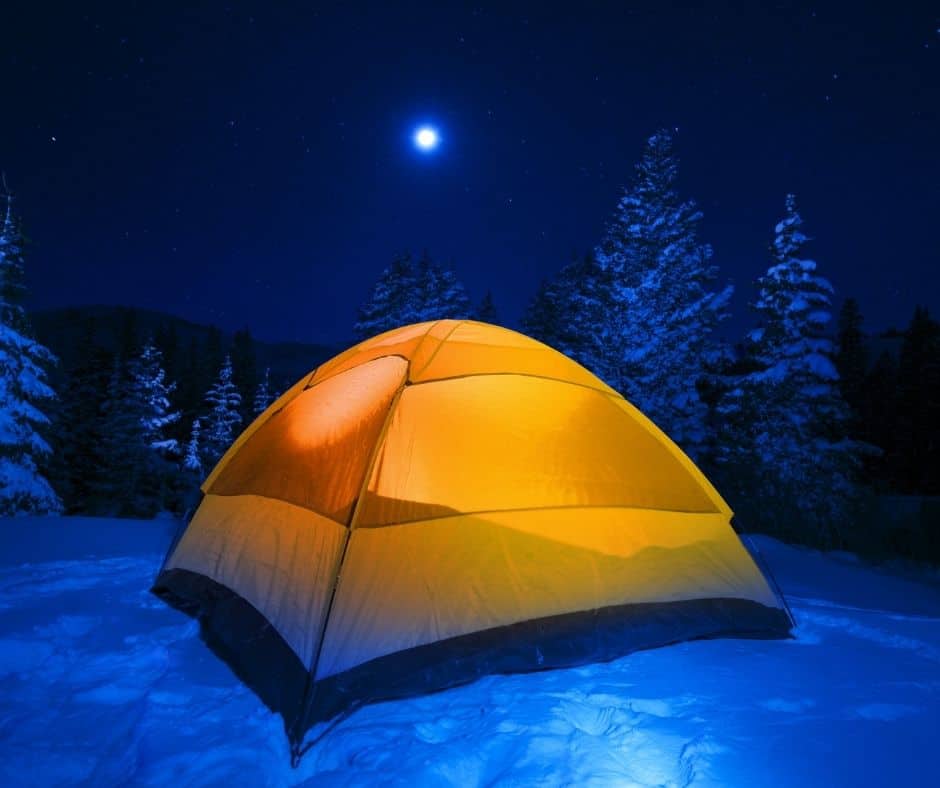
I. Introduction
A. The challenges of camping in winter Winter camping brings with it a unique set of challenges compared to camping in other seasons. The cold temperatures, strong winds, and potential for snowfall can make it difficult to stay warm and comfortable. It is important to be prepared and take steps to ensure that you have a pleasant camping experience.
B. The importance of heating your tent for a comfortable camping experience Heating your tent is crucial for a comfortable camping experience in winter. It not only helps to keep you warm but also helps to prevent hypothermia and other cold-related illnesses. By adequately heating your tent, you can enjoy your camping trip to the fullest and avoid discomfort and misery.
II. Understanding the Basics of Tent Heating
A. Different methods of heating your tent
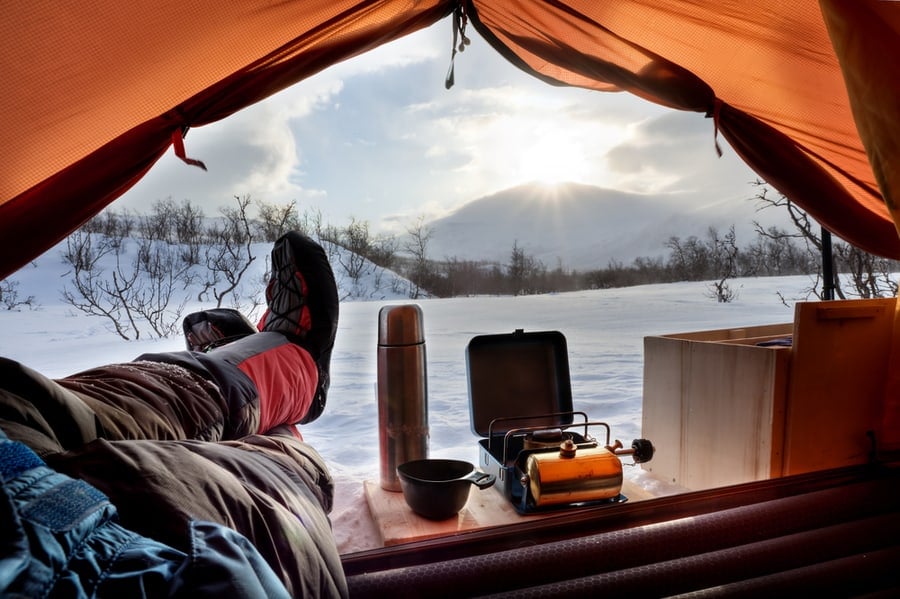
- Portable heaters Portable heaters are a popular option for heating tents in winter. They come in various sizes and types, including propane, electric, and catalytic heaters. Portable heaters provide direct heat and can quickly warm up the interior of your tent.
- Electric blankets and sleeping bags Electric blankets and sleeping bags with built-in heating elements are another effective method of staying warm in your tent. These products are designed to generate heat and provide warmth throughout the night.
- Insulated tent options Another option for heating your tent is to choose an insulated tent. These tents are specifically designed to provide better insulation and retain heat. They usually have thicker walls and floors, as well as additional insulation layers.
B. Safety considerations when using heaters in a tent
- Ventilation and carbon monoxide risks When using heaters in a tent, proper ventilation is crucial. Combustion-based heaters, such as propane heaters, emit carbon monoxide, which can be deadly if not properly ventilated. It is important to ensure that there is sufficient airflow inside the tent to prevent carbon monoxide buildup.
- Fire prevention measures Fire safety is another important consideration when using heaters in a tent. Keep flammable objects away from heaters and make sure to follow the manufacturer’s instructions for safe operation. Always have a fire extinguisher on hand and know how to use it.
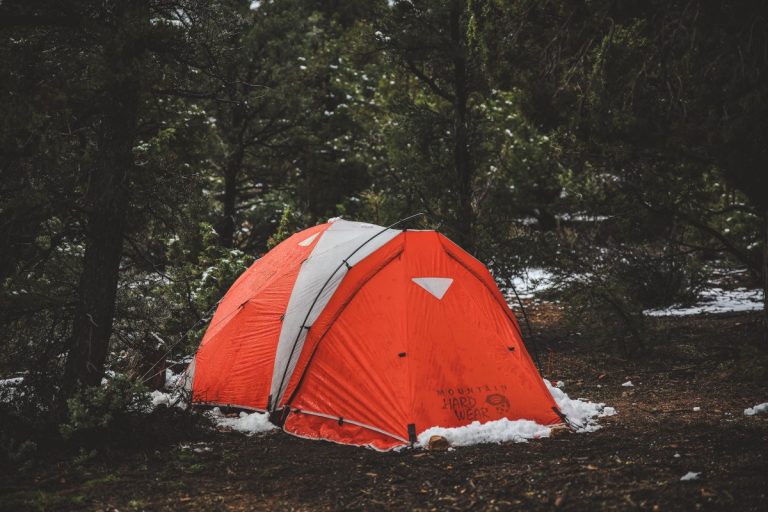
III. Preparation for Heating Your Tent
A. Choosing the right tent for winter camping
- Insulated and four-season tents When camping in winter, it is essential to choose a tent that is suitable for cold weather conditions. Insulated tents or four-season tents are designed to withstand harsh weather and provide better insulation. They are made with thicker materials and have additional features to help retain heat.
- Tent size and capacity considerations When selecting a tent for winter camping, consider the size and capacity. A smaller tent with fewer occupants will be easier to heat and retain heat more efficiently. A larger tent may require additional heating sources or insulation.
B. Creating a warm and cozy interior
- Insulating the tent floor One of the key areas to focus on when creating a warm and cozy interior is insulating the tent floor. Cold ground can cause heat loss and discomfort. Use insulation pads or foam mats underneath sleeping bags or air mattresses to provide an additional layer of insulation.
- Using rugs or carpets for extra insulation Adding rugs or carpets to the tent floor can provide extra insulation and help to trap heat inside the tent. They also add a cozy and comfortable feel to the interior.
- Installing a tent stove For those seeking a more traditional and efficient method of heating, installing a tent stove can be an excellent option. Tent stoves are specifically designed for heating tents and provide a reliable source of heat. However, proper installation and safety precautions are essential when using a tent stove.
IV. Tips for Efficient Tent Heating
A. Proper insulation and sealing
- Sealing tent seams and zippers: Ensure that your tent is properly sealed to prevent drafts and heat loss. Use seam sealers and zipper lubricants to keep out cold air and moisture.
- Using a reflective insulation blanket: Place a reflective insulation blanket underneath your sleeping bags or mats to reflect radiant heat back towards you, increasing the effectiveness of your heating methods.
B. Optimizing heat distribution
- Tent layout and arrangement of sleeping bags: Position your sleeping bags strategically to maximize heat distribution. Place them closer to the heat source, such as portable heaters or the tent stove. Avoid placing them near openings or drafts.
- Utilizing tent dividers or room separators: If you have a larger tent, use dividers or room separators to create smaller, more enclosed spaces. This can help contain and retain heat within specific areas, making it easier to heat.
V. Ensuring Safety and Comfort
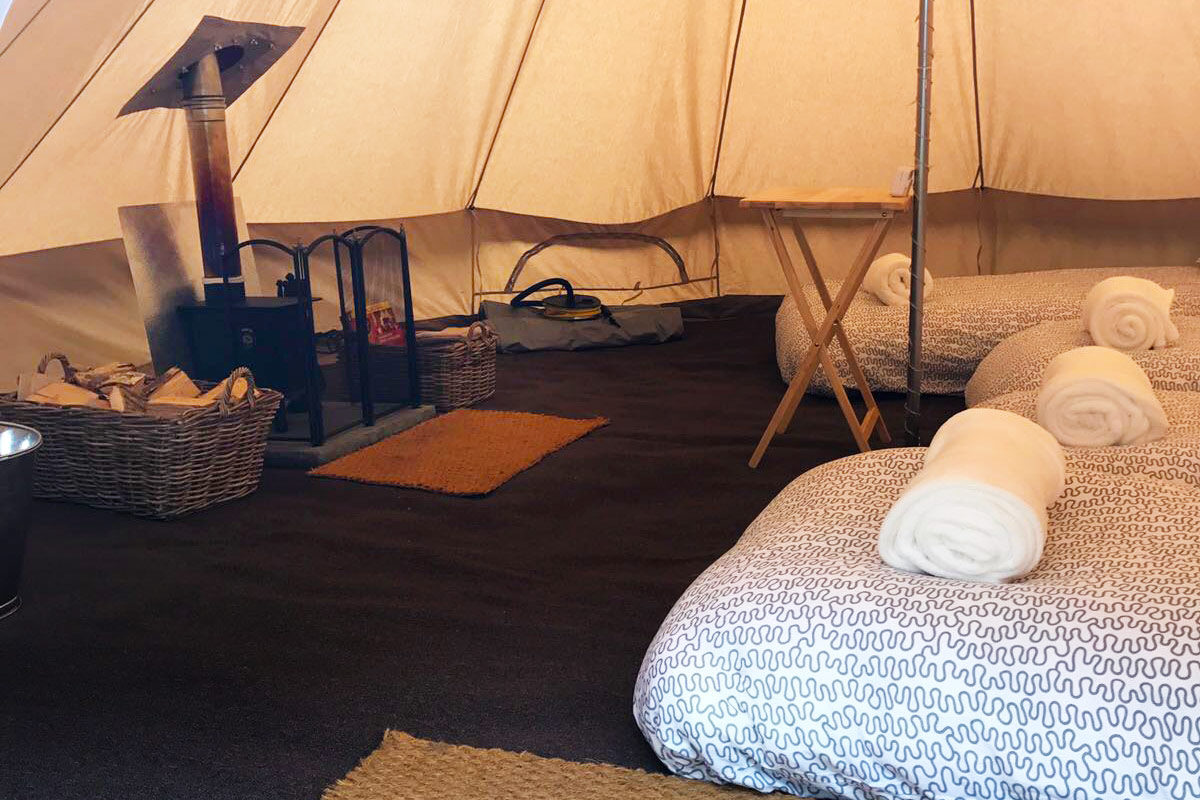
A. Monitoring temperature and ventilation
- Using a thermometer: Keep track of the temperature inside your tent using a thermometer. This will help you regulate the heat and prevent it from becoming too hot or too cold.
- Managing condensation and humidity levels: Proper ventilation is crucial to prevent condensation buildup inside the tent. Open vents or windows periodically to allow fresh air to circulate and reduce humidity levels.
B. Dressing appropriately for cold weather camping
- Layering clothing for insulation: Dress in layers to trap heat and regulate your body temperature. Base layers, insulating layers, and outer layers should all be used to provide maximum warmth and flexibility.
- Choosing appropriate sleepwear and accessories: Use warm sleepwear, such as thermal or fleece pajamas, and wear a hat or beanie to retain body heat while sleeping. Consider using warm socks or booties to keep your feet cozy.
C. Staying hydrated and nourished
- Drinking enough water: Despite the cold weather, it’s important to stay hydrated. Drink plenty of water throughout the day to prevent dehydration, which can affect your body’s ability to regulate temperature.
- Consuming warm and high-energy food: Prepare warm, hearty meals that are high in calories to fuel your body and provide energy. Soups, stews, and hot drinks are great options for keeping warm and nourished during winter camping.
In conclusion, heating your tent in winter is essential for a comfortable and enjoyable camping experience. Whether you choose to use portable heaters, electric blankets, or insulated tent options, it is important to prioritize safety and take necessary precautions. Proper insulation, sealing, and optimizing heat distribution are key considerations for efficient tent heating. Additionally, monitoring temperature and ventilation, dressing appropriately for the cold weather, and staying hydrated and nourished are crucial for ensuring safety and comfort during your winter camping trip.
